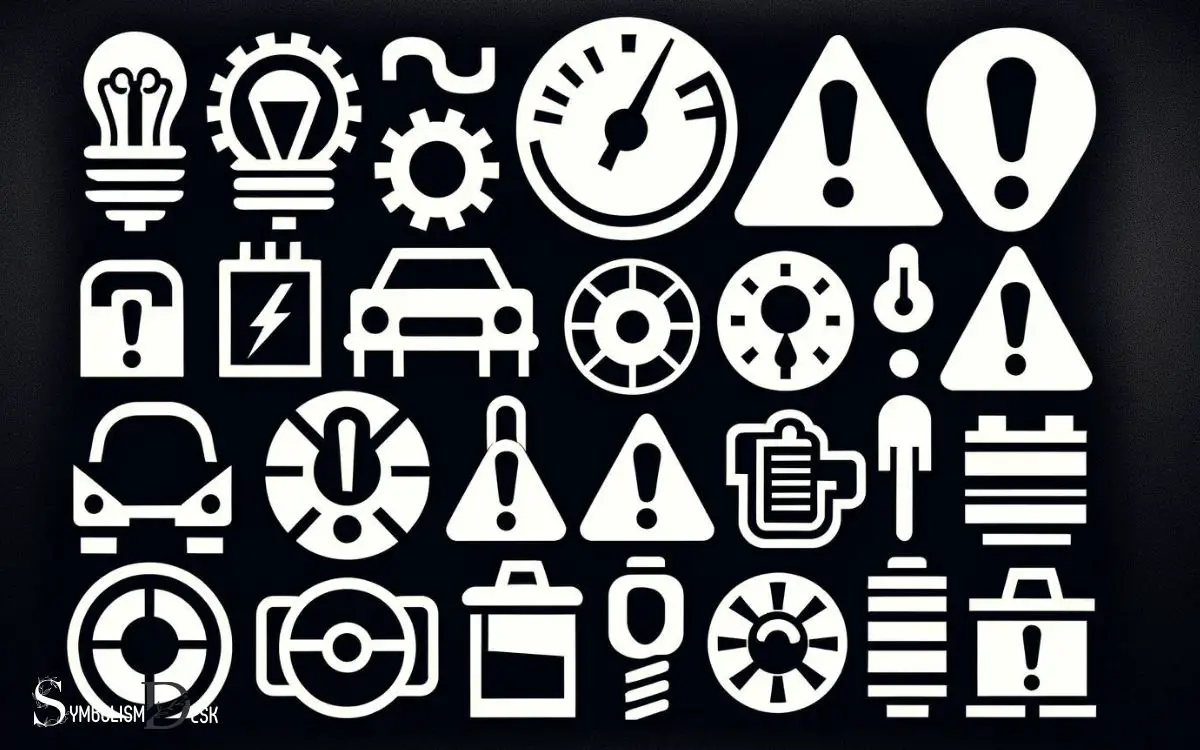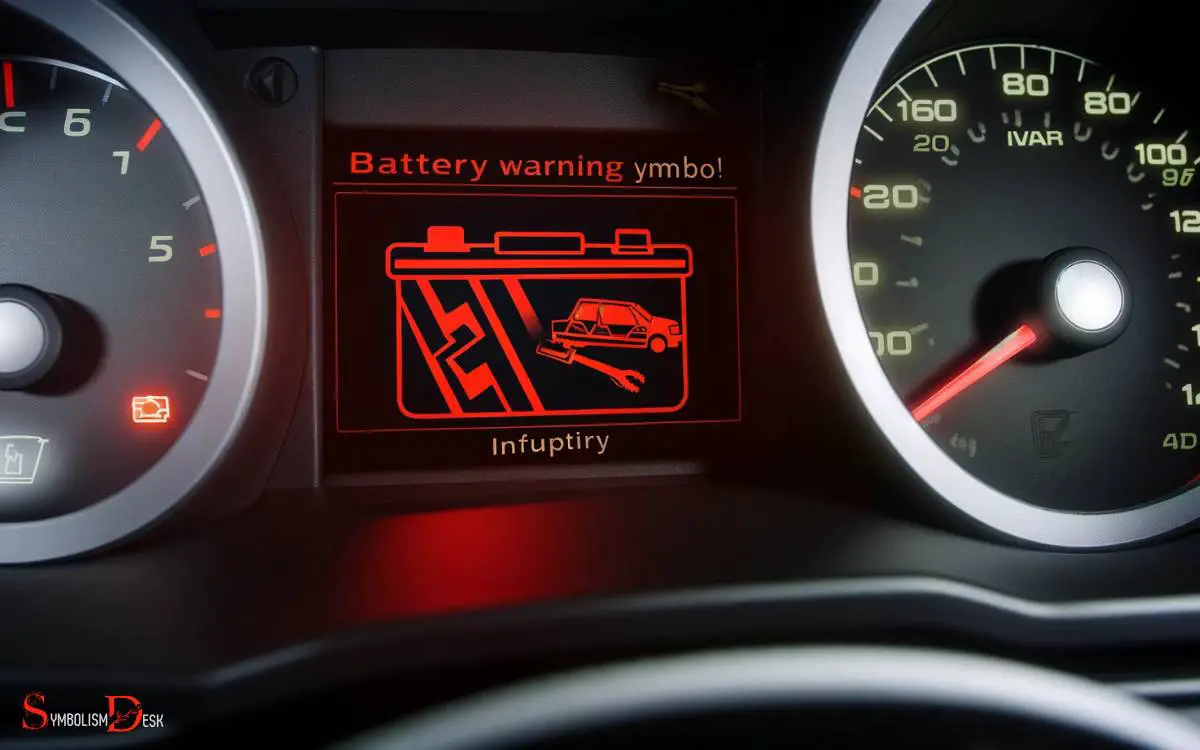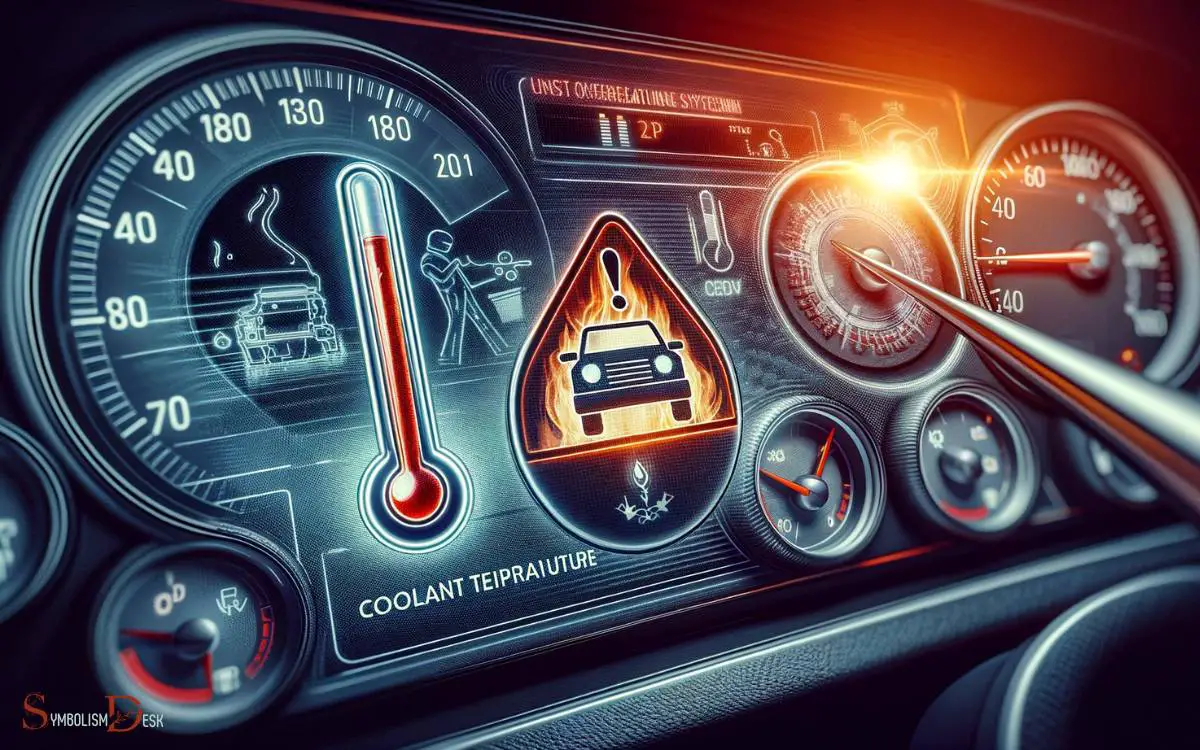Tell-tale Symbols in Car: Safety Warnings!
Recognizing the various dashboard warning lights in your car is essential for maintaining vehicle health and ensuring safety on the road.
These symbols, ranging from the check engine light to the tire pressure warning, act as the vehicle’s communication tool, alerting you to different levels of attention needed for your car.
Comprehending what each light signifies enables you to take timely action to prevent more severe damage or ensure your safe travel.
Dashboard warning lights are designed to alert the driver about mechanical issues, safety warnings, or system functions.
Here’s a brief overview of some common symbols:
Dashboard symbols are a critical aspect of vehicle diagnostics, acting as early warning signals for prompt maintenance.

Key Takeaway
Guide to Dashboard Warning Lights and What They Mean
| Symbol | Color | Meaning | Action Required |
|---|---|---|---|
| Check Engine Light | Yellow | Engine/emission system issue | Have the car checked by a mechanic |
| Oil Pressure Light | Red | Low oil pressure | Stop the car and check oil levels |
| Battery/Charging Alert | Red | Electrical system fault | Inspect battery and charging system |
| Brake System Warning | Red | Potential brake system issue | Ensure handbrake is released or check brake components |
| Coolant Temp Warning | Red | Engine overheating | Stop the car and allow to cool; check coolant levels |
| Tire Pressure Warning | Yellow | Low tire pressure | Inflate tires to correct pressure |
| Airbag Warning | Yellow | Airbag system fault | Have the system serviced |
| ABS Light | Yellow | ABS malfunction | Have the anti-lock brake system checked |
| Engine Oil Warning | Red | Low engine oil level | Add oil to the engine |
| Service Vehicle Soon | Yellow | General vehicle maintenance needed | Schedule service appointment |
| Traction Control System | Yellow | Traction control issue | Check system for faults |
Understanding the Check Engine Light

The check engine light is a common and important indicator in modern vehicles. When this light comes on, it signifies that the vehicle’s onboard diagnostic system has detected a problem with the engine, emissions, or transmission.
It’s crucial not to ignore this warning, as it could indicate a range of issues from a loose gas cap to a more serious engine misfire. Despite the urgency it conveys, the check engine light doesn’t always mean imminent danger, but it does require attention.
To understand the specific issue, a diagnostic scan tool can be used to retrieve a fault code, providing insight into the problem.
While it’s natural to feel uneasy when the check engine light illuminates, prompt attention and proper diagnosis can prevent potential costly repairs down the road.
Decoding the Oil Pressure Indicator

When decoding the oil pressure indicator in a car, drivers should pay close attention to any fluctuations in the gauge.
Here are three key points to consider:
- Normal Range: The oil pressure gauge typically indicates the pressure of the oil as it circulates through the engine. It usually falls within a specific range, often denoted by a mid-point on the gauge.
- Fluctuations: Sudden or consistent fluctuations in the oil pressure gauge could indicate potential issues with the engine or the oil pump. It’s important to address these fluctuations promptly to avoid any potential damage to the engine.
- Warning Light: If the oil pressure indicator light illuminates or the gauge shows consistently low pressure, it is crucial to pull over safely and turn off the engine to prevent any further damage.
Understanding and responding to the indications of the oil pressure indicator is essential for maintaining the health of the vehicle’s engine.
Interpreting the Battery Warning Symbol

Interpreting the battery warning symbol is crucial for drivers to promptly address any potential issues with the vehicle’s electrical system.
This symbol typically looks like a rectangular box with a positive and negative sign inside, indicating a problem with the car’s battery or charging system.
When this light illuminates on the dashboard, it could mean that the battery isn’t charging properly, the alternator is failing, or there is an issue with the electrical system. Ignoring this warning could lead to a stalled vehicle or being stranded due to a drained battery.
Therefore, it’s essential to have the vehicle inspected by a qualified technician to diagnose and resolve any underlying electrical issues.
Unraveling the Tire Pressure Monitoring System (TPMS)

Drivers often encounter the tire pressure monitoring system (TPMS) to routinely check their vehicle’s tire pressure. Understanding the TPMS can help drivers maintain optimal tire performance and ensure safety on the road.
Here are three key points about the TPMS:
- Function: The TPMS constantly monitors the air pressure in each of the vehicle’s tires and alerts the driver if the pressure in any tire becomes significantly low.
- Importance: Properly inflated tires improve fuel efficiency, extend tire life, and enhance vehicle handling and safety. The TPMS helps drivers maintain the right tire pressure, contributing to overall vehicle performance.
- Response: When the TPMS warning light illuminates, it is crucial to check the tire pressure, inflate the tires to the recommended level, and address any potential issues to ensure safe driving conditions.
Exploring the Coolant Temperature Warning Icon

The coolant temperature warning icon alerts drivers to potential overheating issues in the vehicle’s engine. When this warning light illuminates on the dashboard, it indicates that the engine is running too hot, which can lead to severe damage if not addressed promptly.
It is crucial for drivers to pull over, turn off the engine, and allow it to cool down before checking the coolant level and assessing for any leaks or other issues.
Below is a table summarizing the potential causes and actions to take when the coolant temperature warning icon appears:
| Potential Causes | Actions to Take |
|---|---|
| Low coolant level | Refill coolant if safe to do so |
| Faulty thermostat | Seek professional help |
| Cooling system leaks | Have the system inspected |
| Malfunctioning radiator | Consult a mechanic |
| Blocked radiator | Stop driving and seek help |
Understanding and promptly addressing the coolant temperature warning can prevent costly engine damage and ensure safe travels.
Conclusion
As the dashboard lights flicker and glow, they serve as silent messengers, whispering secrets of the car’s health and well-being.
Each symbol tells a story, from the check engine light’s cryptic message to the tire pressure monitoring system’s silent vigilance. Like ancient hieroglyphics, these symbols hold the key to understanding the car’s inner workings.
So next time these symbols light up, take a moment to unravel their hidden meanings and ensure your car’s continued vitality. Understanding car dashboard warning symbols is an essential part of staying safe and maintaining your vehicle’s health. These indicators act as your car’s way of communicating issues that need your attention, from low tire pressure to engine malfunctions. By addressing them promptly, you can prevent minor issues from escalating into costly repairs and keep your journeys worry-free.






